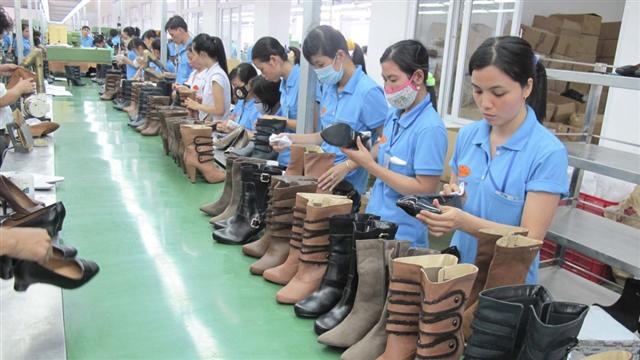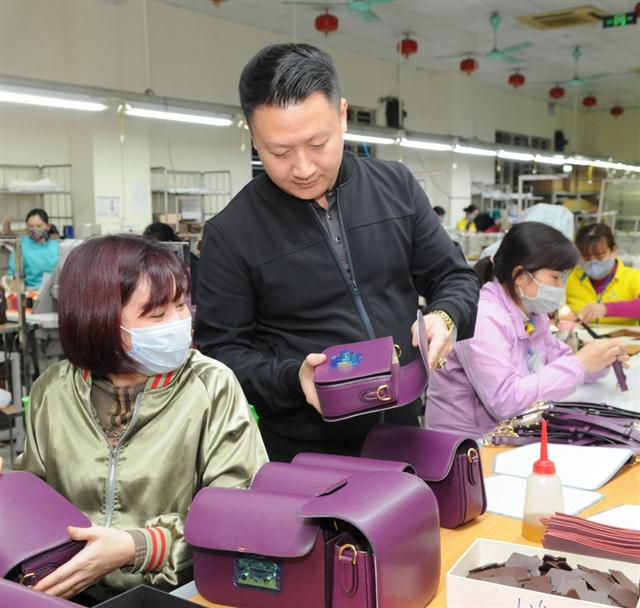Leather, footwear business takes steps to recovery
Leather, footwear business takes steps to recovery
With the implementation of new-generation free trade agreements, leather and footwear businesses are optimistic about their recovery in 2021.
|
Positive signs
The first seven months of 2020 were an extremely difficult time for the leather and footwear sector due to shortage of manufacturing materials and drastic declines in demand from traditional export markets.
Phan Thi Thanh Xuan, deputy chair of the Vietnam Leather, Footwear and Handbag Association, said leather and footwear businesses experienced major challenges because even when imports of raw materials had resumed, producers could not secure enough orders to keep production running. Orders from Vietnam’s major footwear export markets, such as the US, the EU, China, and Japan decreased 80-90 percent.
Thanks to the country’s successful efforts to contain the Covid-19 pandemic and the signing of new-generation free trade agreements, the leather and footwear sector has seen gradual recovery. Xuan said Vietnamese footwear products have benefitted since the EU-Vietnam Free Trade Agreement (EVFTA) took effect on August 1. According to the Ministry of Industry and Trade’s Agency of Foreign Trade, after a strong decline in the first half, orders at leather and footwear companies began to recover in the second half.
Effects of trade agreements
|
The Comprehensive and Progressive Agreement for Trans-Pacific Partnership (CPTPP), the EVFTA, the Regional Comprehensive Economic Partnership (RCEP), and the UK-Vietnam Free Trade Agreement (UKVFTA) are expected to be a big growth driver for the leather and footwear sector in 2021.
Xuan said leather and footwear exports would grow by 15-20 percent in 2021 if the sector makes good use of incentives provided by these free trade agreements and the Covid-19 pandemic is brought under control.
Le Thanh Thuy, board chairman and general director of the Vinh Yen Shoes Joint Stock Company, said the company expects breakthroughs in 2021. With six production lines of sports shoes exported to the US and the EU, the company currently has orders until February 2021 and is negotiating orders for the following months, Thuy said.
As many as 60 percent of international fashion brands rate Vietnam as an important part of the global supply chain, while more than 42.3 percent of international buyers are either placing additional orders or planning to do so in the near future, according to a recent survey conducted by the Vietnam Leather, Footwear and Handbag Association. In addition, leather and footwear producers have increased their local content to an average of 30-40 percent, with key export products including sportswear and footwear even exceeding 50 percent. With all these positive factors, leather and footwear businesses are optimistic about their recovery in 2021.
| Vietnam’s leather and footwear exports reached an estimated US$20 billion in 2020, falling short of target of US$24 billion. |


























